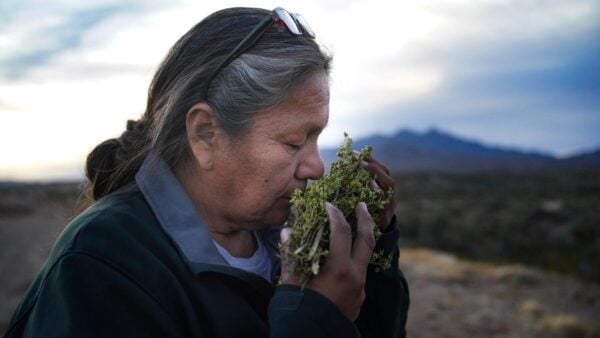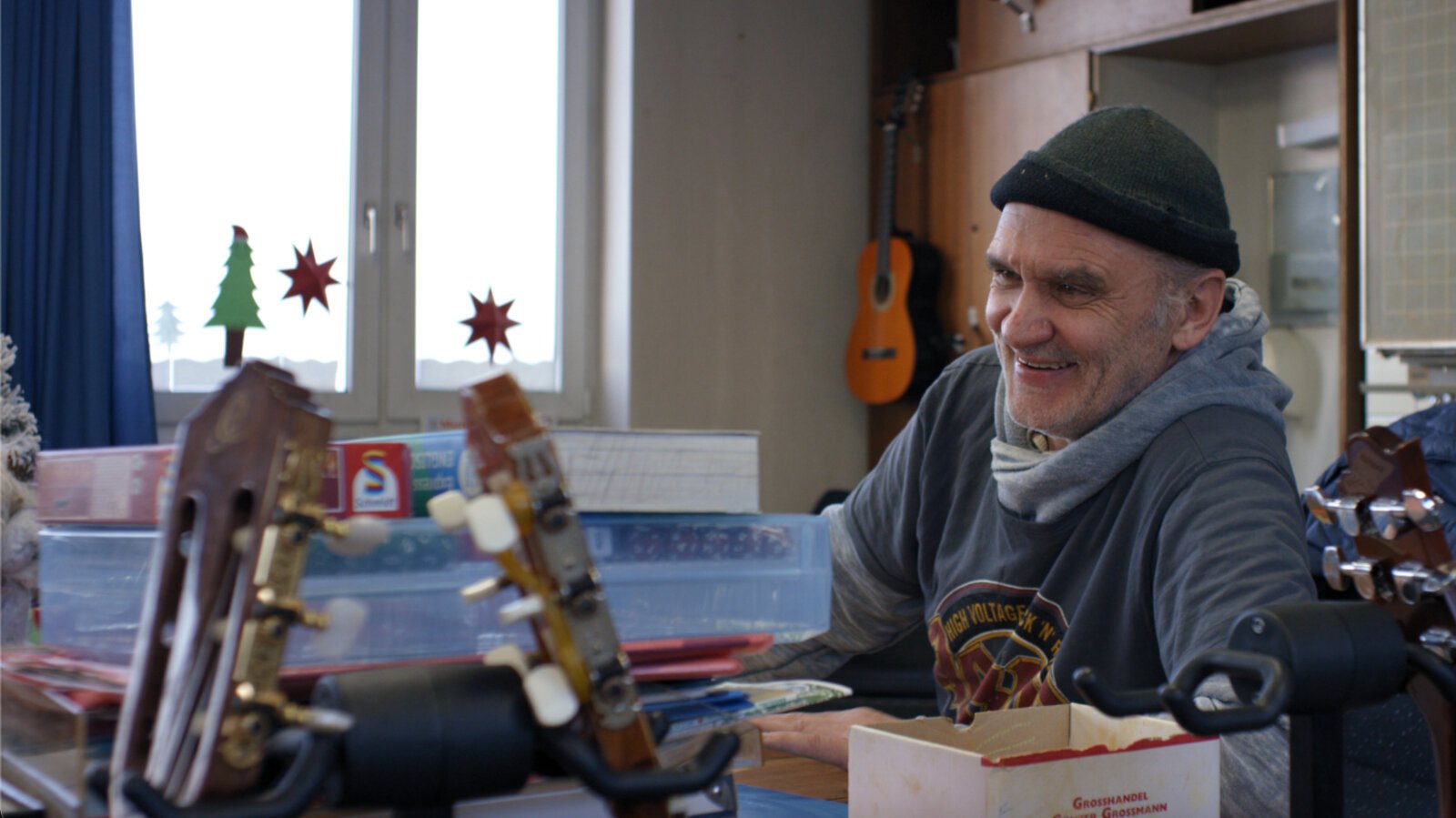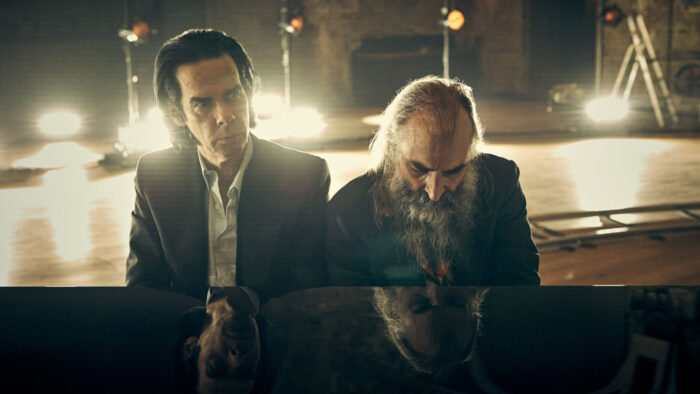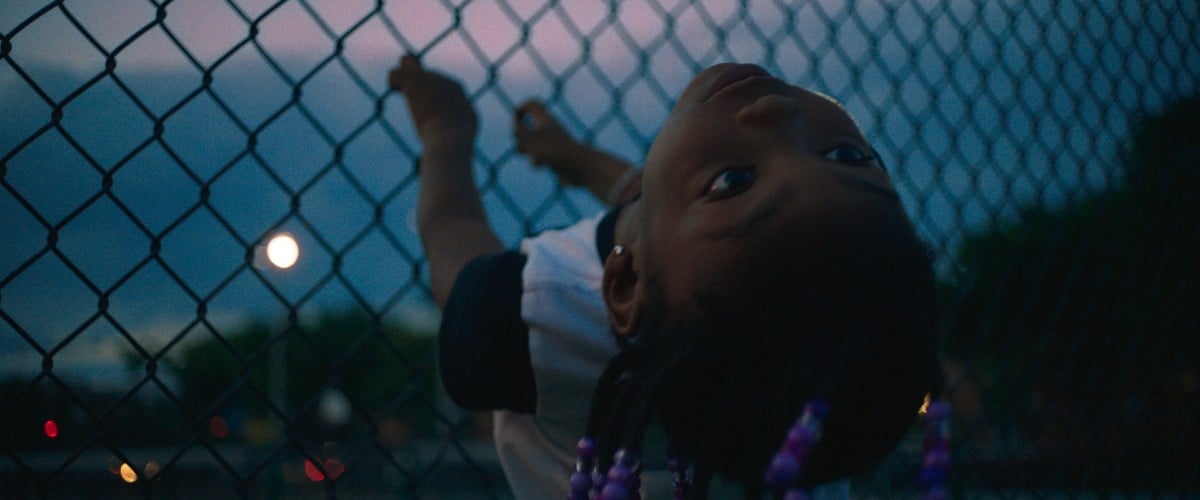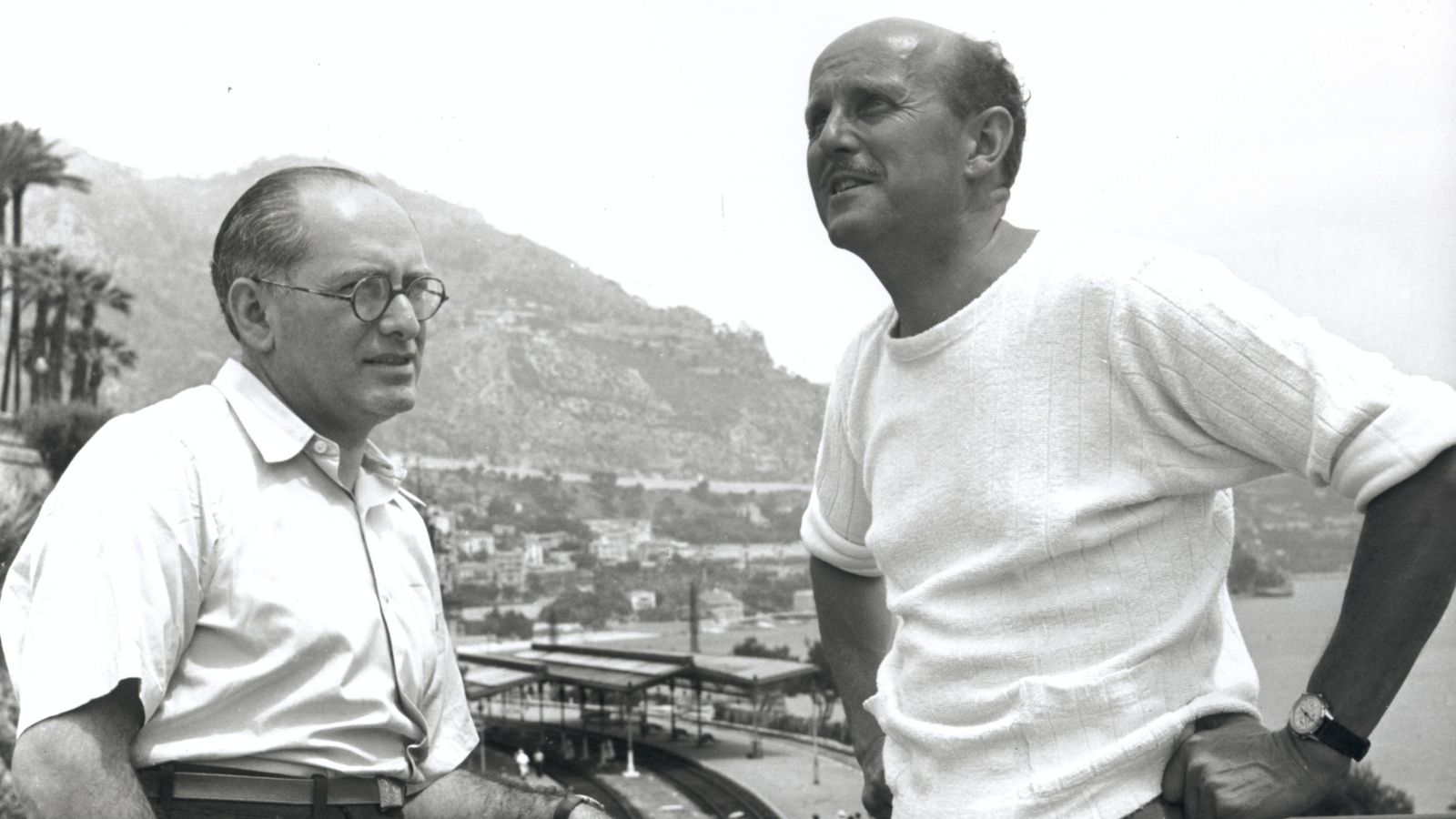
100 Inspirational Documentaries to Watch Now
January 23, 2025
Share:
Looking for a burst of inspiration get your new year (or any new phase of your life) started on the right foot? Fiction may provide a great, symbolic escape, but sometimes what you really need is to see real people doing the extraordinary or facing insurmountable odds and still having something beautiful to say about it. So don’t listen to any naysayers who might dismiss documentaries as boring; some of the greatest stories of human perseverance and wonder come from these little-known nonfiction accounts. Here, we’ve gathered the best of these true stories that might just help you realize what you’re capable of.
Read also:
21. Uppity: The Willy T. Ribbs Story (2020)
Genres
Director
Actors
Moods
“They called me uppity. Uppity n*****. And I loved it”. That’s how this excellent documentary, about the first professional black racing driver Willy T. Ribbs, starts. It summarizes the strong personality of a champion who excelled in tracks that were filled with confederate flags.
The documentary explains the details of the difficulties that Ribbs went through in the 70s and 80s, but also the people who supported him and recognized his talent. It’s by no way a sad movie, on the contrary, even when Ribbs is talking about people spitting wherever he walks or about the death threats escalating, his unharmed determination is at the center of the story.
This is an inspiring documentary about a character who never got his worth in the history books. I was full of shivers by the first half-hour mark.
22. Fifi Howls from Happiness (2014)
Genres
Director
Moods
This incredible documentary is about the elusive Iranian artist Bahman Mohassess, whose work has the uniqueness of a Picasso or a Salvador Dalí.
But unlike his European counterparts, most of Mohassess’ work has been destroyed. Some in the aftermath of the Islamic Revolution in Iran but most, interestingly, by the artist himself.
After the revolution, he went into exile. For 40 years his whereabouts remained unknown — until an Iranian filmmaker based in Paris tracked him in a hotel in Rome.
Very early in the film, director Mitra Farahani points out that Mohassess died half an hour after one of their filming sessions.
The urgency of their conversations, the genius of Mohassess and his relationship to his art, and the uniqueness of the untold story of his life, all make this more than just another documentary. It’s a work of immeasurable historic value.
23. Gather (2020)
Genres
Director
Moods
This insightful and uplifting documentary is about a growing movement within indigenous communities: obtaining food sovereignty by going back to pre-genocide ways of cultivating food.
The violent changes that have affected indigenous communities don’t impact just the people, but also the animals, the fish, and the land. All of these are now bearing the brunt of climate change.
Historically, North American governments forbid Native people from fishing and cultivating their foods as a way to repress them and create dependency. Gather is as much a recognition of the damage that was done as it is a forward-looking vision about how these communities are taking control of their faiths.
24. Mr. Bachmann and His Class (2021)
Genres
Director
Moods
By remaining totally committed to its quiet, drama-free, observational style of documentary filmmaking, Mr. Bachmann and His Class ends up teaching us a whole lot about the way we view educational spaces and difficult students as well. While the titular German teacher is mainly there to teach language, the way he patiently handles disagreement and conflict—reorienting the immature or harmful beliefs they may have learned from home or from elsewhere—is truly inspiring to witness. We never see these home lives and the film’s director, Maria Speth, knows better than to romanticize anybody in this classroom. But over the film’s lengthy runtime, it really begins to feel like we get to know and understand each of these kids, and to root for their ability to change their views and become more open and appreciative towards one another.
25. Maidentrip (2013)
Genres
Director
Actors
Moods
In 2010, Dutch 15-year old Laura Dekker set out on a mission to be the youngest person to sail solo around the world. Maidentrip is the beautiful and inspiring documentary film that tells her story as she took on this behemoth task.
The film lets you experience this adventure of a lifetime along with Laura, share at first in her loneliness at sea, and later in her desire to be left alone when surrounded by people. Documenting her thoughts and feelings during this voyage, Laura reveals herself to be wise beyond her years. Yet despite the magnitude of the task Laura has taken in, her teenager self still glows clearly with its distinct child-like quality – simply wanting to do what makes her happy – sailing and seeing the world. The sheer honesty in Laura’s narrative is what makes this story so extraordinary. You will accompany the young skipper against all odds as she follows her dream and in the process, lose and once again find her identity and sense of belonging. Maidentrip will leave you with an itch – an itch to travel, but more importantly, an itch to follow your dreams.
26. This Much I Know to Be True (2022)
Genres
Director
Actors
Moods
Whether or not you’re a fan of Nick Cave’s contemplative, idiosyncratic style of music, This Much I Know to Be True still works on a purely experiential level. There’s confusion, then a rush of euphoria, then an overwhelming sense of peace when listening to Cave’s (and musical collaborator Warren Ellis’s) cryptic lyrics and delicate compositions—shot with breathtaking use of studio lights by director Andrew Dominik and cinematographer Robbie Ryan.
And things only get more emotional when you consider how far Cave has come, that these performances are happening several rough years from the untimely death of his son. And suddenly even all the unrelated B-roll footage included in the film—of Cave talking about his sculptures, talking to Ellis, answering profound fan emails—takes on a greater urgency. This sounds like music for mourning, but in its own way it’s music for celebration, too, and gratitude despite everything.
27. So Late So Soon (2020)
Genres
Director
Moods
“Youth is a state of mind,” a poet once said — but, young in spirit though they are, the elderly artist couple at the center of this fly-on-the-wall documentary must confront the harsh reality that aging isn’t something the body can avoid. Jackie and Don Seiden — a yin-and-yang pair who describe themselves as “a mouse and a crocodile” — still argue and make up with all the fierce vitality of a couple half their age. They haven’t yet lapsed into living life through the rear-view mirror: both still actively make art, Don his sketches and Jackie her slideshows and found-object arrangements. They live in a creaking yet beautiful home, decorated exclusively in pastel colors; as Don puts it, they’ve “made a life that’s really unusual […] a life only [they] could’ve made.”
As his health issues — and the weakening of her ability to care for them — threaten the end of that 50-year-long chapter in their lives, the couple confront mortality and find it brings them holding ever tighter to one another. Their abiding mutual affection makes this documentary a moving portrait of enduring love, while their fiery intellectual verve gives it a sharp honesty that prevents it from ever lapsing into sentimentality.
28. Daughters (2024)
Genres
Director
Moods
There are three threads in Daughters that directors Natalie Rae and Angela Patton weave beautifully together. The first thread follows the incarcerated men who gather every week to talk about fatherhood, mostly, because of the program that they’re in, but also: masculinity, race, systemic poverty, social mobility, and the skewed prison system in America. The discussions are raw and enlightening. “This isn’t normal, that we’re all in here,” one of the men wisely says, and it feels special to witness that moment of shared empowerment. The second thread follows the daughters, whose ages range from 5 to 15. In line with the film’s honesty, it shows us girls who miss their fathers and girls who don’t; girls who know everything about them and those who can’t even remember their faces. One is oblivious, the other suicidal. This part is enlightening in a different way: you hope the kids are too young to realize what’s going on, but that’s almost never the case. The final thread is where the two others meet: it offers the most heartbreaking parts of the film, but also the most beautiful. Both parties dress up, take pictures, move on the dancefloor, and say their inevitable goodbyes, and all this is captured in the same darklit, grainy color as the film cameras the fathers and daughters are given to document the dance. The direction and editing is artistic, but never in a gratuitious way. Instead, like other parts of the film, it’s filled with gentleness and empathy.
29. How to Change the World (2015)
Genres
Director
Actors
Moods
How to Change the World is an insightful and candid documentary about the formation of Greenpeace in 1971 by a small group of environmentalists and activists in Vancouver, British Columbia. Beginning with their attempt to disrupt U.S. nuclear testing in Amchitka, Alaska, the film follows their subsequent efforts to thwart commercial whaling in the Pacific, their anti-sealing campaign in Newfoundland, and their ongoing efforts to defend the natural world against what they perceive as excessive human intervention and abuse. How to Change the World is as much a poignant tale of inspired activism as it is an interesting study of the organization’s early tribulations: idealism vs. anarchy, social movement vs. organizational structure (or lack thereof) and leadership vs. disunity. The voice of co-founder Robert Hunter (de facto leader of Greenpeace from inception) is heard posthumously throughout via narrator Barry Pepper, and it adds an impassioned air of gravitas to the film, detailing the many complexities Greenpeace experienced over the course of its early years of growth and development. A compelling and educational viewing experience.
30. Made in England: The Films of Powell and Pressburger (2024)
Genres
Director
Actors
Moods
Is there anything more lovely than hearing Martin Scorsese talk about cinema? Maybe it’s just the film nerds in us– we are, after all, always on the hunt for A Good Movie to Watch– but it’s just wonderful to hear Scorsese talk about movies, especially from directors he loves and are inspired by. Made in England: The Films of Powell and Pressburger is about the influence of The Archers, and while it’s mostly a straightforward documentary, director David Hinton makes it something like a cohesive film course on the directors, with Scorsese as lecturer. Oftentimes letting the directors’ shots and music speak for themselves, with Scorsese adding needed context, it won’t be a surprise that Made In England would be a treat for film nerds, but it also would be a great introduction for casual viewers, or viewers that want to start watching classic films, like those of The Archers.
Comments
Add a comment
Ready to cut the cord?
Here are the 12 cheapest Live TV streaming services for cord-cutting.
More lists
Lists on how to save money by cutting the cord.
Curated by humans, not algorithms.
© 2025 A Good Movie to Watch. Altona Studio, LLC, all rights reserved.


